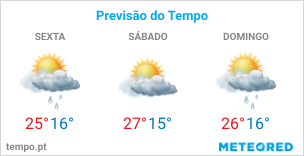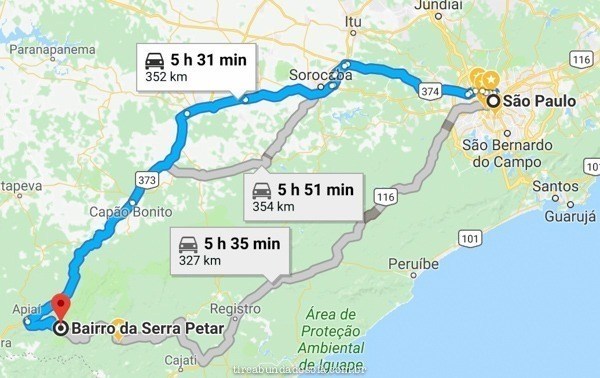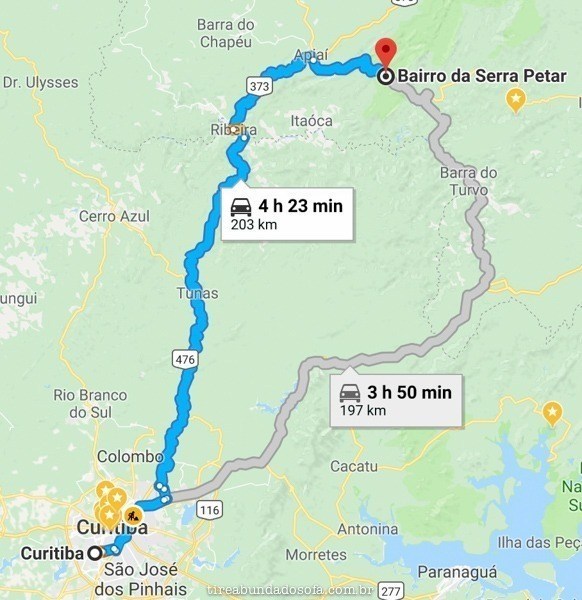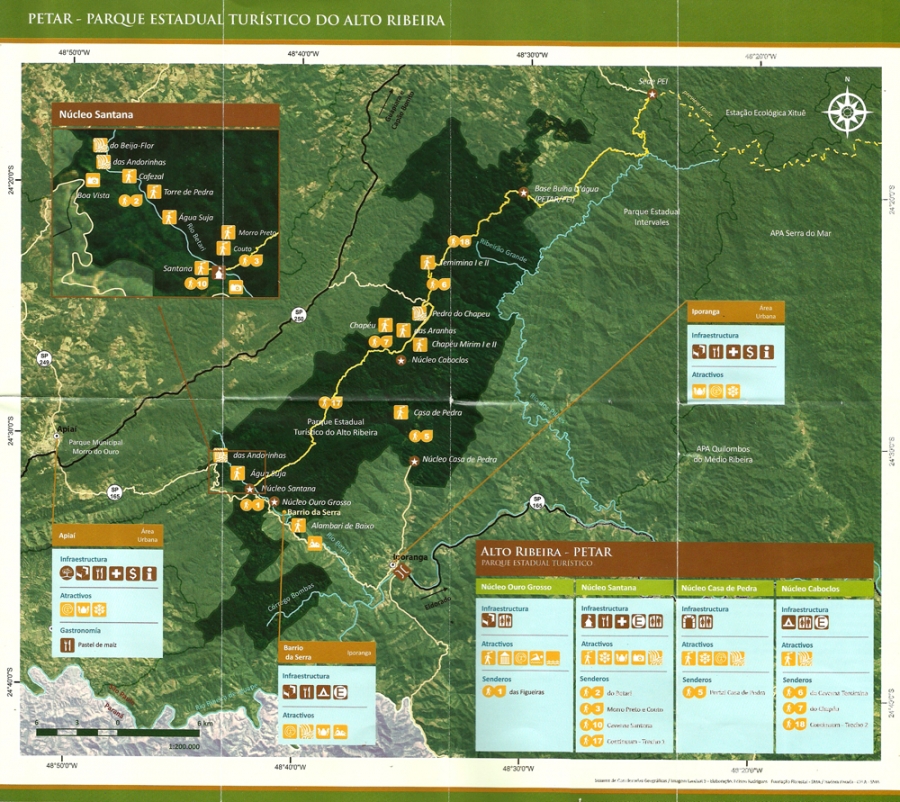Almost five hundred caves! And, perhaps, there is more to it than that. In the near future we should know.
Caves are fantastic manifestations of the result of persistent, meticulous, slow and continuous work. The water running through the rock. The rock dissolving. With each drop, the sediment accumulates, and at the end of years and centuries, the most monumental and the most delicate structures emerge.
In the Alto do Ribeira State Tourist Park – as is well demonstrated in the information gathered for this management plan – the focus is on the caves, for tourists, for scholars, for ecotourism workers.
But PETAR goes beyond caves. In the vigorous letter of Epitácio Guimarães, calling for the creation of a state park in 1956 (!), in the “desert region hanging on the ridges of the Serra de Paranapiacaba… new scenarios arise…”.
It took sixty years for PETAR to be presented with its management plan. It is clear that the works developed over these more than five decades, as well as the various planning documents thought and rethought, were used, several, dusty, were resurrected and others needed to be created, as there was – and still is – much to be done. discover and learn about PETAR and the entire ecological continuum of Paranapiacaba.

In fact, PETAR SP completes the series of management plans for the ecological continuum. The management plans developed for their peers – the Intervales and Carlos Botelho State Parks – emerged as a technical basis and inspiration.
Now that the Management Plan is finally ready, it is interesting to note that in each of its major thematic axes – the diagnoses of the physical, biotic and anthropic environment and the management programs – the historical approach is so prominent.
The history of the conservation of the Atlantic Forest and the devastation of the Atlantic Forest. The history of speleology in Brazil. The history of traditional communities. The history of the São Paulo Conservation Units system. The history of the effort, difficulties, successes and failures in the management of a protected area, common to all protected areas.
The process of elaborating the management plan was intended to be dense enough to respect all this history. To this end, it involved, as much as possible, local, regional and capital social actors (and beyond). More than twenty workshops and technical meetings took place, when more than five hundred signatures were collected in the valuable attendance book.
In addition to the Management Plan by the National System of Conservation Units (SNUC), PETAR is part of the “ Southeast Atlantic Forest Reserves ”, a UNESCO World Heritage Site in Brazil.
PETAR cores
PETAR has four “Nucleos” at its entrances to assist in tourist visitation. The most frequented are Núcleo Santana and Núcleo Ouro Grosso .
Caboclos Nucleus
The Caboclos Center was the first visitation center to be created and is located in the upper part of PETAR SP, on the border between Apiaí and Iporanga. However, it is the one with the least infrastructure, but being the only one that has a space for setting up tents, two bathrooms and two showers. There are no inns, bars or electricity, so there is no hot bath. There is a fee of R$ 12.00 to enter the nucleus, for a daily visit, and a fee of R$ 18.00 for an overnight stay for camping. In the Caboclos core are some of the most beautiful caves in PETAR, such as the Tememina Cave, the Collapsed Cave and Pescaria.
Core House of Stone
The Casa de Pedra Nucleus gives access, through a beautiful trail, to one of the caves with one of the largest entrance porticoes in the world, 215 meters high, Casa de Pedra . However, the cave is closed for visitation due to the Speleological Management Plan of PETAR, and you can only visit the entrance portico. The nucleus has a concierge, but there is no admission fee.
Thick Gold Core
The Ouro Grosso Nucleus is located in the Serra neighborhood (Vale do Betari), it has an Environmental Education center for the development of activities with the local community and the school network, in addition to serving groups that perform environmental interpretation works, having a small museum with traditional utensils of the region. In this nucleus is located the Ouro Grosso cave , one of the most difficult in the park to be completed, due to its formation. Also part of this nucleus is the Caverna do Alambari de Baixo , which you go through a trail inside the river in the Cave
Santana Nucleus
The Santana Nucleus is the main one for PETAR to visit. It is located in the valley of the Betari River, one of the most remarkable landscapes in the region. It offers different visiting itineraries such as the Santana cave , the Betari trail (Caverna Água Suja, Cafezal Cave and Andorinhas and Beija-flor waterfalls) and the Morro-Preto Couto trail (Morro-Preto Cave, waterfall do Couto and Caverna do Couto). Its trails are easily accessible and it is located next to Bairro da Serra – Iporanga, where most of the inns are located. The camping area in the center of Santana no longer exists. It is also widely used by students and schools in Environmental Studies activities.
🗺️ Map of Alto do Ribeira Tourist State Park – PETAR SP
For you to locate yourself in the park there is a map, informing the sights, infrastructure and telephone.
⛅ PETAR Weather Forecast

What to do in PETAR Park?
Things to do near PETAR – Alto Ribeira Tourist State Park:
- Caves Route
- Adventure Park Adventure Tourism
- Santana Cave
- Morro Preto Cave
- Alto Ribeira Tourist State Park
- Dirty Water Cave
- Betari River Natural Pool
What to pack for PETAR?
Tours or Activities:
- sneakers, regular shirt and pants
- clothes that can get wet – prefer tactel pants or leggings, as they dry quickly
- Swimwear (bikinis, swimming trunks, shorts…)
- sunscreen and repellent
- sunglasses
- Camera
- headlamp flashlight and extra batteries
Where is the city of PETAR?
Petar is located in the extreme south of the State of São Paulo between the cities of Iporanga and Apiaí. It is close to other cities such as Registro and large parks such as Ilha do Cardoso State Park (Cananéia), Intervales State Park (Ribeirão Grande) and Jacupiranga State Park ( Eldorado ).
🚗 How to get to PETAR SP?
– Coming from São Paulo / SP
PETAR is located in the extreme south of the State of SP. Between the cities of Iporanga and Apiaí. It is close to other cities such as Registro and large parks such as Ilha do Cardoso State Park (Cananéia), Intervales State Park (Ribeirão Grande) and Jacupiranga State Park (Eldorado). PETAR is located about 320 km from São Paulo.
You must have heard of the Devil’s Cave , which is in Jacupiranga State Park, right?! Petar is a little ahead.
There are 2 ways of access, mainly for those leaving the city of São Paulo. One following Rodovia Régis Bittencourt and the other, Rodovia Castelo Branco or Rodovia Raposo Tavares , see the map below.

– Coming from Curitiba / PR
For those coming from Curitiba, Paraná or from the interior of the State of SP, the accesses are similar, see the map below.

The path most used by tourists is Régis Bitencourt. Today, only a 50 km stretch is not duplicated (direction SP – Curitiba). In it there are some stations of the Graal Network that are excellent, with the best structures in the country in terms of care and services.
The stretch after the city of Jacupiranga, up to Iporanga, is one-way. All care and attention must be taken, as in some points there are holes and animals on the track. But why run?! The view of the Ribeira de Iguape River that will accompany you throughout the route is exuberant, requiring some strategic stops for contemplation and photographs.
If you are staying in Bairro da Serra or heading to the Nuclei of Santana and Ouro Grosso, you will find about 16 km of well-preserved dirt road, starting from the city of Iporanga.
📞Useful Phones
Below is an updated list of telephone numbers and useful contacts. Give preference to print and bring during your visit to the park.
- PETAR Administration: (15) 3552-1875
- Iporanga Civil Police Station: (15) 3556-1156
- Apiaí Civil Police Station: (15) 3552-1333
- Apiaí Fire Department: (15) 3552
- Iporanga Health and Emergency Post: (15) 3556-1584
- Apiaí Hospital: (15) 3552-1266
- Iporanga Military Police: (15) 3556-1196
- Iporanga City Hall: (15) 3656-9830

